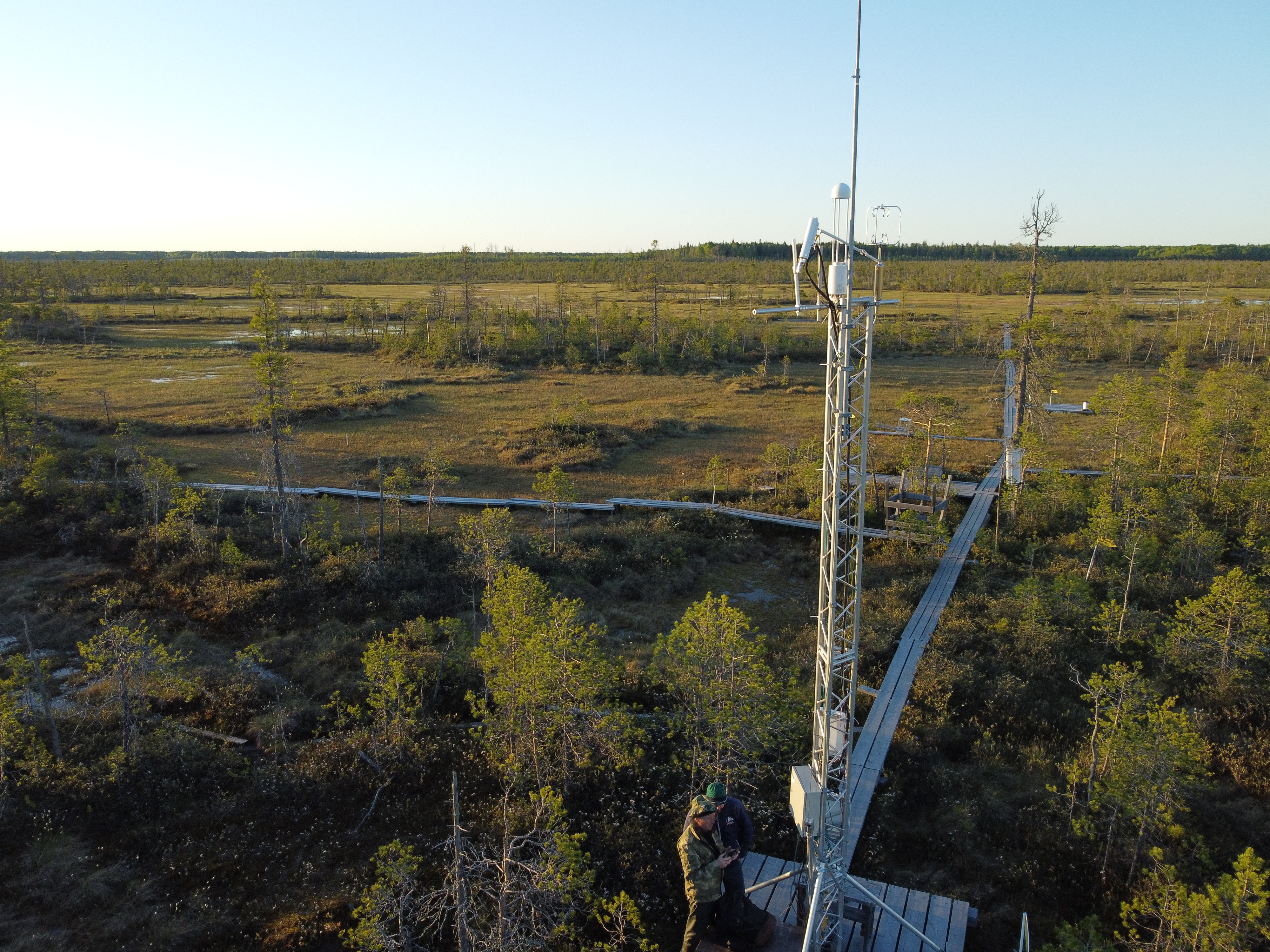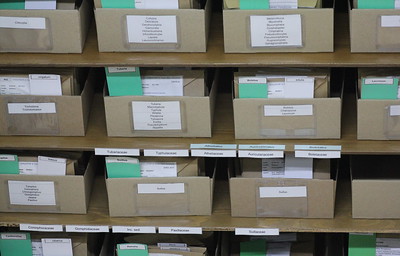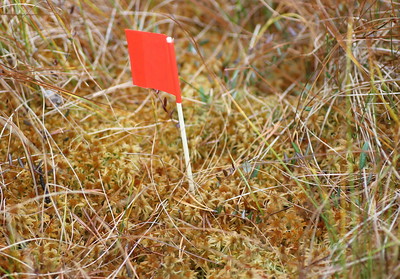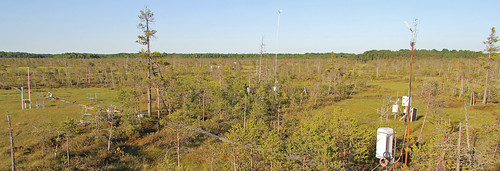Mukhrino Field Station is representative for pristine peatland ecosystems of the West Siberian plain in the middle taiga zone. These peatlands cover about 60 % of the land surface of this zone. The peatland complex is a net sink of atmospheric CO₂, as it actively accumulates organic carbon (peat).
The main fields of research at Mukhrino Field Station include:
- biodiversity of flora and fauna of Western Siberia
- vegetation and typology of mire landscapes
- microclimate, water and heat balance of peatlands
- hydrology of bogs and their role in natural dynamics of river runoff
- carbon balance and other biogeochemical cycles in the biosphere
- natural and anthropogenic dynamics of ecosystems
- paleoecology and dynamics of bog development during the Holocene
- stratigraphy and physical and chemical properties of peats
- development of scientific and ecological tourism
Methane and carbon dioxide flux measurements using Eddy Covariance and chamber technique
Automated monitoring of carbon dioxide fluxes at ridge-hollow patterned bog performed since 2017. An eddy covariance (EC) tower was deployed and updated in 2021. More information on a separate page.

Long-term climatic observations
One of the main research goals of MFS is long-term climatic observations which would allow monitoring of climate change and assist to other research projects at the station. The details on the structure of the meteostation and the database please find on a separate page.
Biodiversity data

The Biological Collection of Yugra State University currently stores about 12000 voucher specimens of fungi, mosses, vascular plants and others. For BC YSU structure and research please refer to the page
Studying fungal communities

The community of macromycetes (its composition, quantitative structure and phenology) was studied in two bogs near Khanty-Mansiysk as well as in several expeditions in the region. Also a series of observations of bog plant litters were initiated in Mukhrino field station with regular observations of the substrates, collection and identification of fungi and description of their communities qualitative and quantitative structures. Several interesting and expectidly new species of discomycetes were discovered during the project with one species being newly described in a publication. More information.
Decomposition dynamics

Decomposition is part of the nutrient cycle and its rate determines carbon balance of a particular ecosystem. Being an important part of biogeocoenological studies, decomposition rate is commonly studied in monitoring programs of field stations. The goal is to estimate the decomposition rates in major ecosystems types in middle taiga zone of Western Siberia. For this purpose, the classical approach of litter bags was used, including standard litter type (tea) and native litters in natural as well as in experimental conditions (temperature raise). More details about this project and the database for upload.
Primary production measurements

Sphagnum species are dominating plants by biomass in the ecosystem of raised bog and evaluation of its production and its dynamics is important characteristic for prediction of C balance in this ecosystem. The field studies of Sphagnum growth rate are started in Mukhrino field station since 2015. Several methods of growth rate measurements were used, including wires with brush (modified version of cranked wire), individual markings and visual observations. More information on a separate page.
Last update: 12.06.2022

